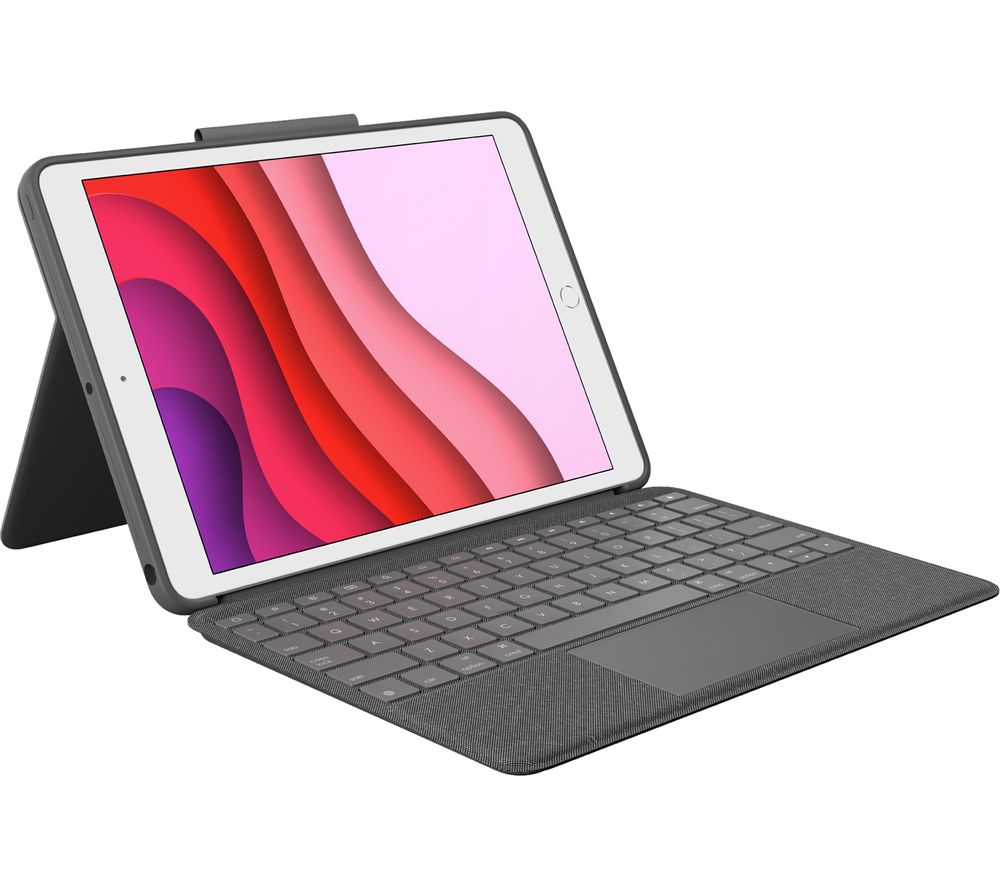

That means that, unlike other third-party keyboards with trackpads, there’s a reasonable expectation that the pointer support will work pretty well-and it does! Logitech also has a history of making solid keyboards, and the Combo Touch delivers on that as well.

The biggest argument in favor of the Combo Touch is that it was developed in concert with Apple. Fortunately, there is still an option that integrates a keyboard case with a multitouch-capable trackpad, and it even mostly works: the Logitech Combo Touch.
#Logitech folio touch skin pro
It’s all keyboards and trackpads all the time these days, but if you don’t have one of the fancy new iPad Pro models released since 2018, such as that earlier 10.5-inch iPad Pro, then Apple’s fancy new Magic Keyboard is simply a non-starter for you.

Note: This story has not been updated for several years. Luckily, this is rarely an issue with current iPad keyboards.Logitech Combo Touch review: Not so magic keyboard
Long battery life: The less you have to worry about your keyboard’s battery dying, the better. We primarily look at models that come from known brands offering solid customer support and a good warranty, but we don’t entirely exclude popular models from less-established companies. A reputable brand: Keyboards have lots of moving parts, and cheaply made ones tend to have reliability problems. An Apple Pencil holder: All current iPads support the Apple Pencil, so having a way to securely carry one with you-often in the form of a flap that holds the Pencil in place while it’s magnetically attached to the side of the iPad-is a small but appreciated feature. Multiple angle options: Multiple angles for propping up your iPad give you more flexibility in terms of ergonomics, comfort, and avoiding screen glare-but at the very least, a case should offer an angle that lets you comfortably view the screen but isn’t easy to tip over. An easy on-off design: We appreciate keyboard cases that make it simple to leave the keyboard behind when you don’t need it so you aren’t forced to carry extra bulk and weight. It also shouldn’t take up too deep a space on your desk. Reasonable size and weight: A keyboard case makes an iPad bulkier and heavier, but it shouldn’t do so to an unreasonable extent. Solid protection: A good keyboard case must protect your iPad well, covering the device’s back and sides in such a way as to prevent scratches and mitigate damage from drops. We prefer (but don’t require) dedicated keys, as opposed to overlays that require you to press the Fn key to access these functions. Dedicated iPadOS keys: We like having iPadOS-specific keys for functions such as Spotlight (search), brightness adjustment, and Home. The keys should have a decent amount of travel (the distance you press the key to activate it) and should have a good tactile feel. Good keys: The keys shouldn’t be so small or so cramped that you regularly press adjacent keys by accident. The right key layout: The keyboard should use a standard key layout with all the expected keys in all the correct locations. If typing on the keyboard isn’t dramatically better than typing on the iPad’s screen, there’s no point to the extra weight and expense. A good typing experience: The most important part of any iPad keyboard case is the keyboard itself.







 0 kommentar(er)
0 kommentar(er)
